Product Description
Ostrich Fern - Matteuccia struthiopteris
Ostrich ferns are perennial plants native to many areas in the United States. They are popular perennial ferns, famous for their distinctive appearance. They are characterized by tall, feathery fronds that unfurl in a striking symmetrical pattern resembling the plumes of an ostrich, hence their name. These fronds can reach heights of up to five feet, creating a dramatic presence in shaded woodlands and moist, rich soil.
Habitat and Growing Conditions for Ostrich Ferns
Ostrich ferns thrive in locations with rich, moist soil and partial to full shade, making them well-suited for woodland gardens and shaded landscapes. They are often found along riverbanks, stream beds, and in damp forested areas with consistent moisture and indirect sunlight. Ostrich ferns are resilient and can spread through rhizomatous growth, gradually forming dense clusters that add a lush, green texture to their surroundings.
Ostrich ferns have multiple seasons of intrest.
In early spring, tightly coiled fiddleheads emerge from the ground, a culinary delicacy in many cultures when harvested at the right stage. As the season progresses, these fiddleheads unfurl into the characteristic feathery fronds, providing a backdrop of vibrant green throughout the summer months. Come autumn, the fronds turn a delightful golden brown before eventually wilting away with the onset of winter, completing the renewal cycle.
Ecological Importance
Beyond their aesthetic appeal, ostrich ferns play a crucial role in their ecosystems. Their dense foliage provides shelter and nesting sites for small woodland creatures, while their root systems help stabilize soil along waterways, preventing erosion. Additionally, as with all ferns, they contribute to the health of forest ecosystems by aiding in the decomposition of organic matter and cycling nutrients back into the soil.
Growing and Caring for Ostrich Ferns
Growing and caring for Ostrich is fairly easy for those looking to introduce the ostrich ferns into their gardens. Planting in moist, well-drained soil with adequate shade is essential. Regular watering during dry spells and occasional fertilization can help maintain vigorous growth. Ostrich ferns can also be propagated by dividing established clumps in early spring or fall, ensuring a steady supply of these captivating plants.

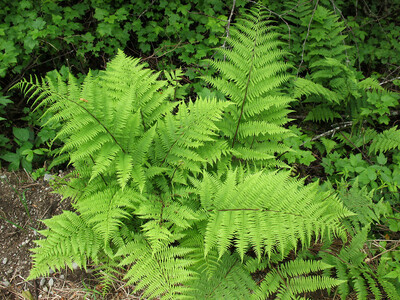 Native Ferns
Native Ferns
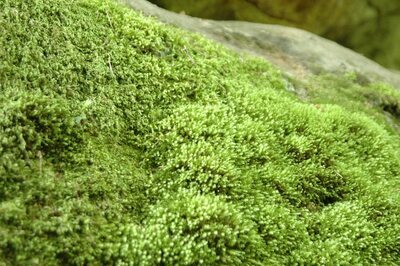 Native Mosses
Native Mosses
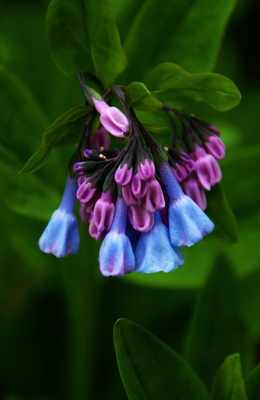 Native Perennials
Native Perennials
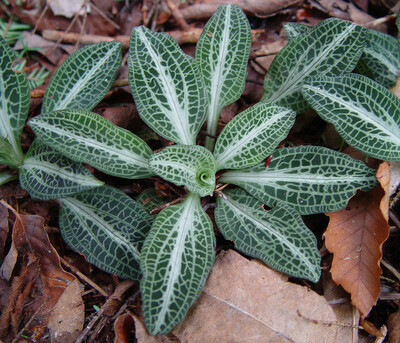 Native Ground Covers
Native Ground Covers
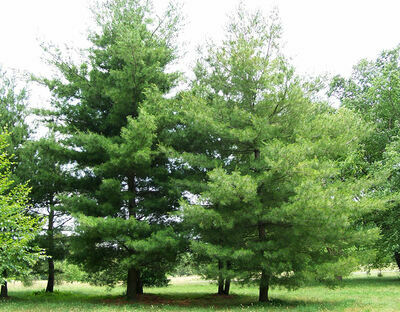 Native Trees
Native Trees
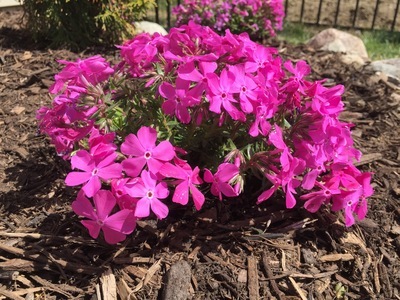 Shop By Zone
Shop By Zone
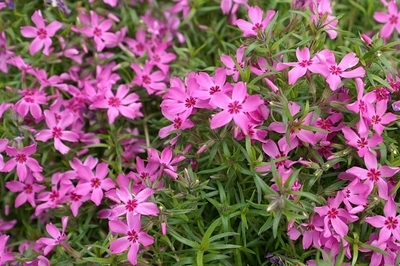 Flowering Groundcovers
Flowering Groundcovers
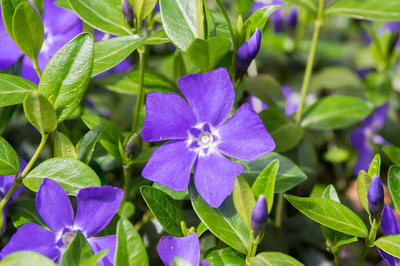 Evergreen Groundcovers
Evergreen Groundcovers
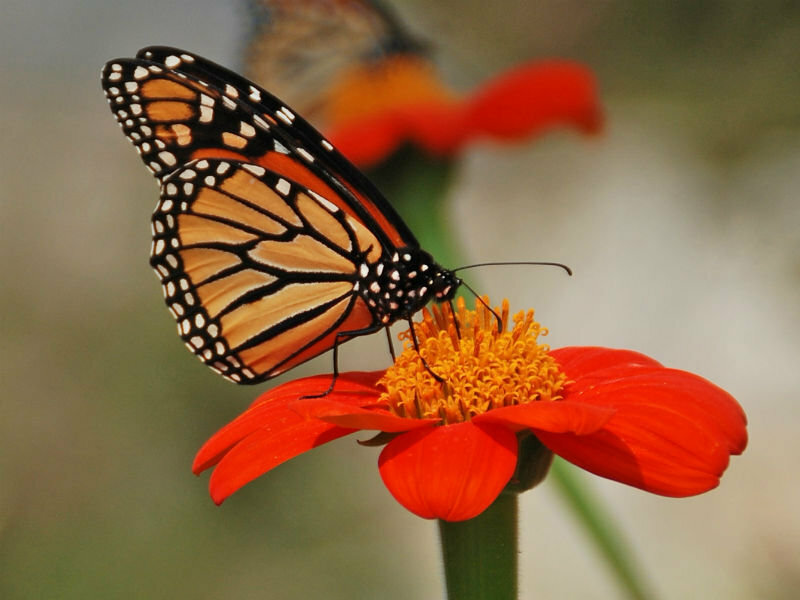 Pollinators
Pollinators
 Shop Bloom Color
Shop Bloom Color
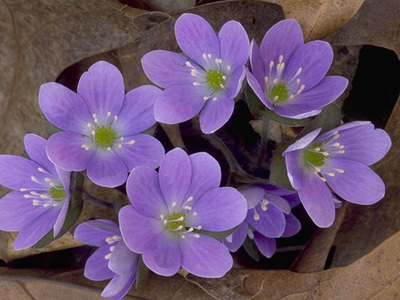 Perennials By Zone
Perennials By Zone
 Medicinal Herb Plants
Medicinal Herb Plants
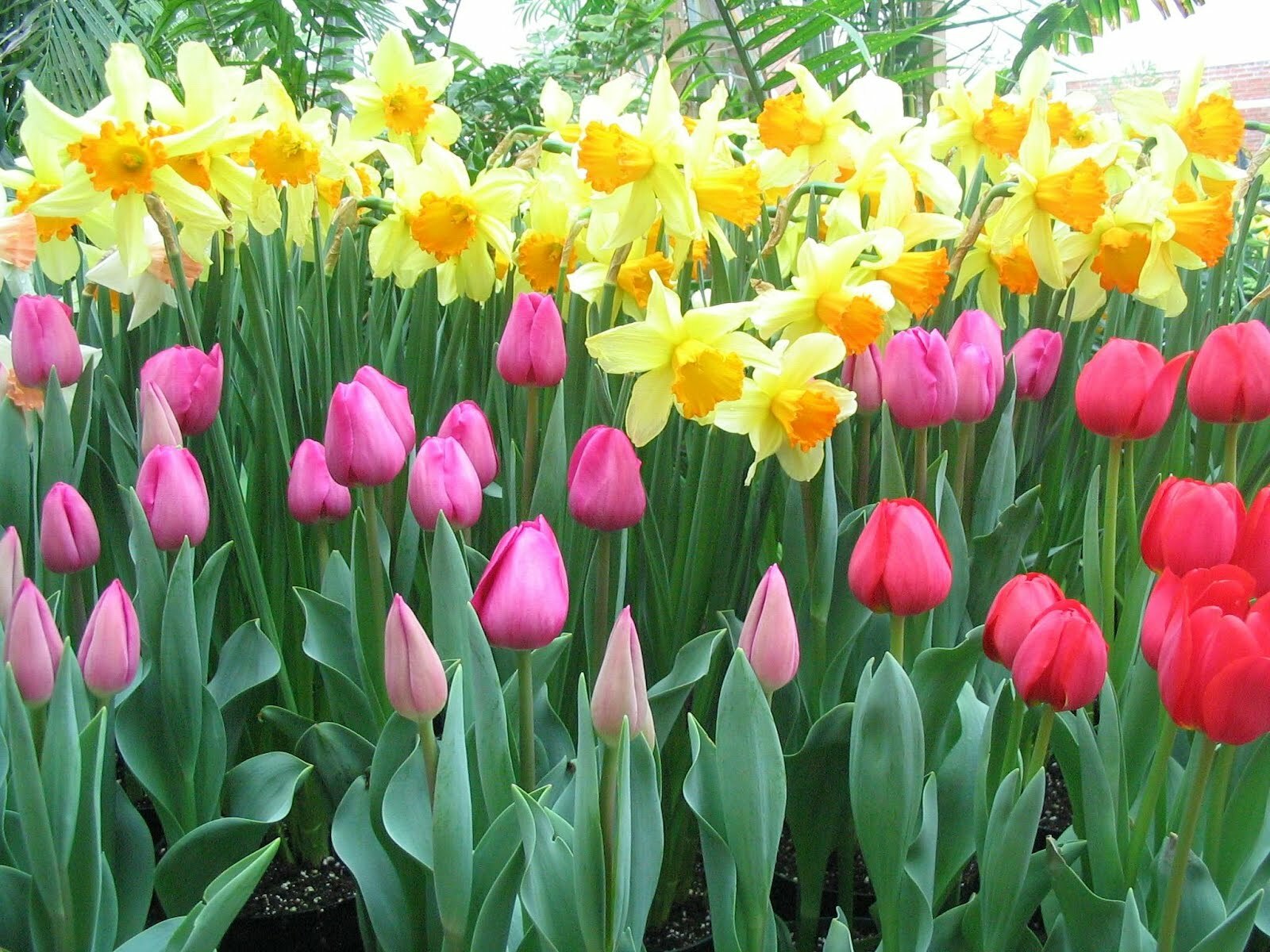 Spring Bulbs
Spring Bulbs
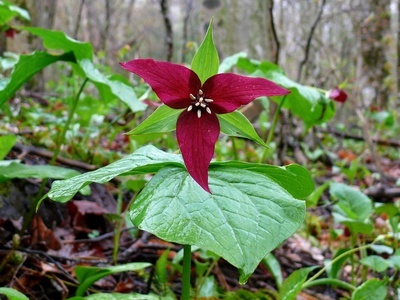 Trillium
Trillium
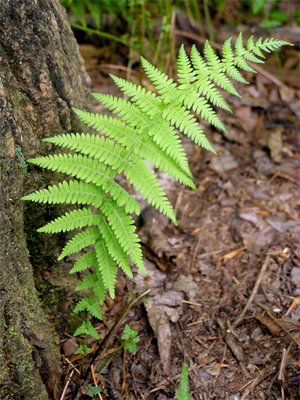 Ferns for Zone 3
Ferns for Zone 3
 Ferns for Zone 4
Ferns for Zone 4
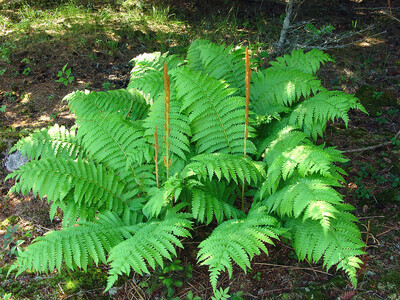 Ferns for Zone 5
Ferns for Zone 5
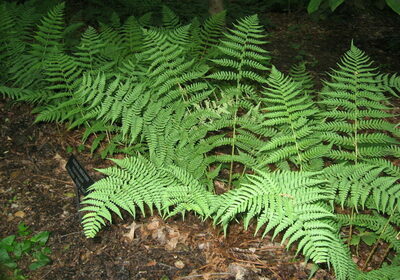 Ferns for Zone 6
Ferns for Zone 6
 Ferns for Zone 7
Ferns for Zone 7
 Ferns for Zone 8
Ferns for Zone 8
 Christmas bows
Christmas bows
 Fresh Wreaths
Fresh Wreaths
 Garlands
Garlands
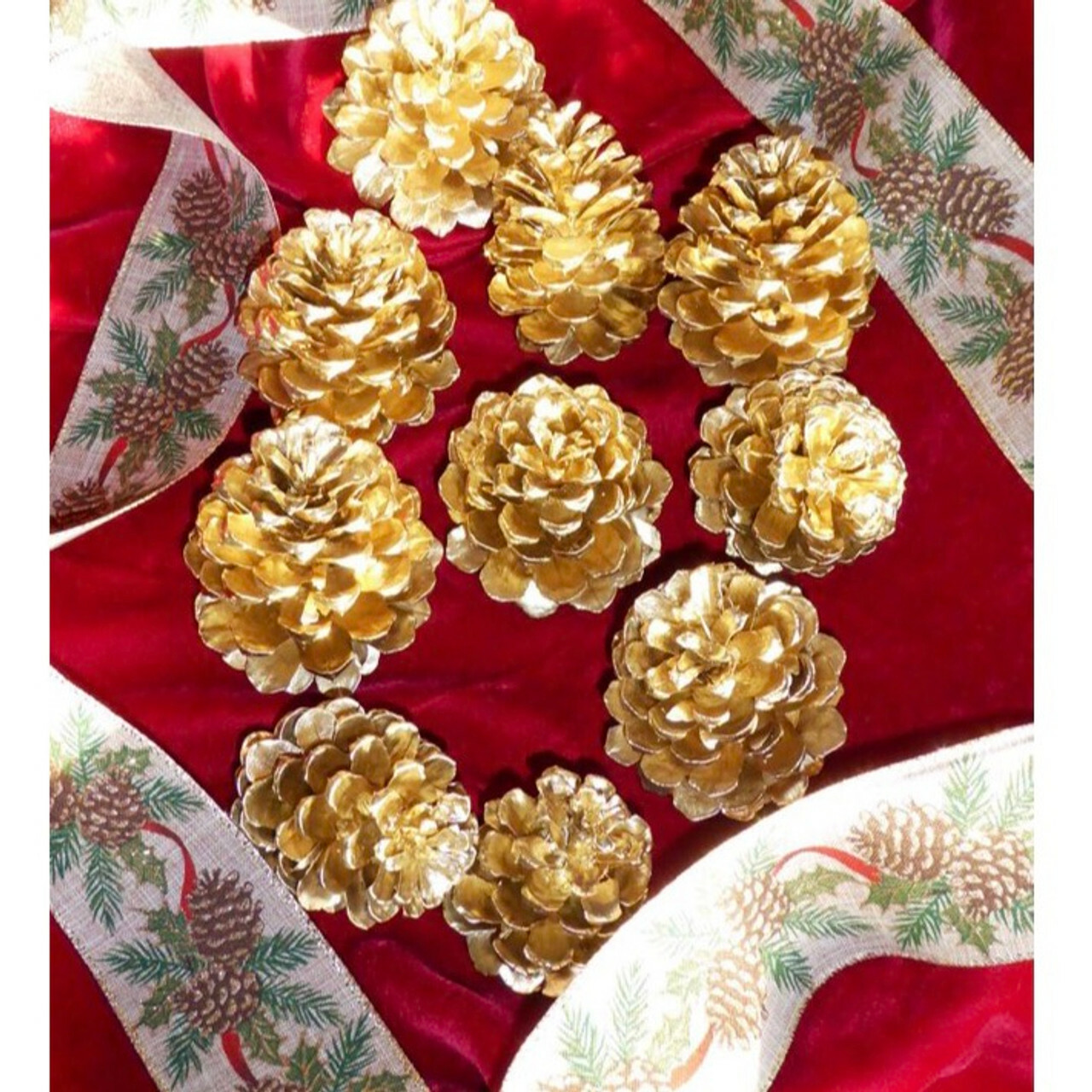 Large Pine Cones
Large Pine Cones
 Live Mistletoe
Live Mistletoe
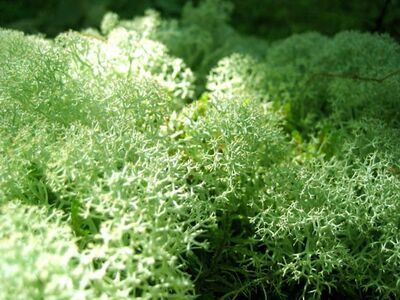 Moss
Moss
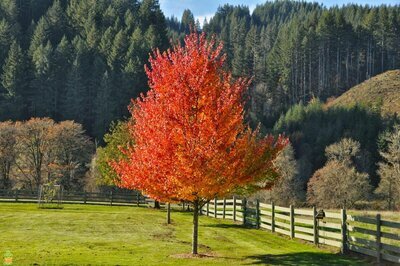 Shop Trees By Zone
Shop Trees By Zone
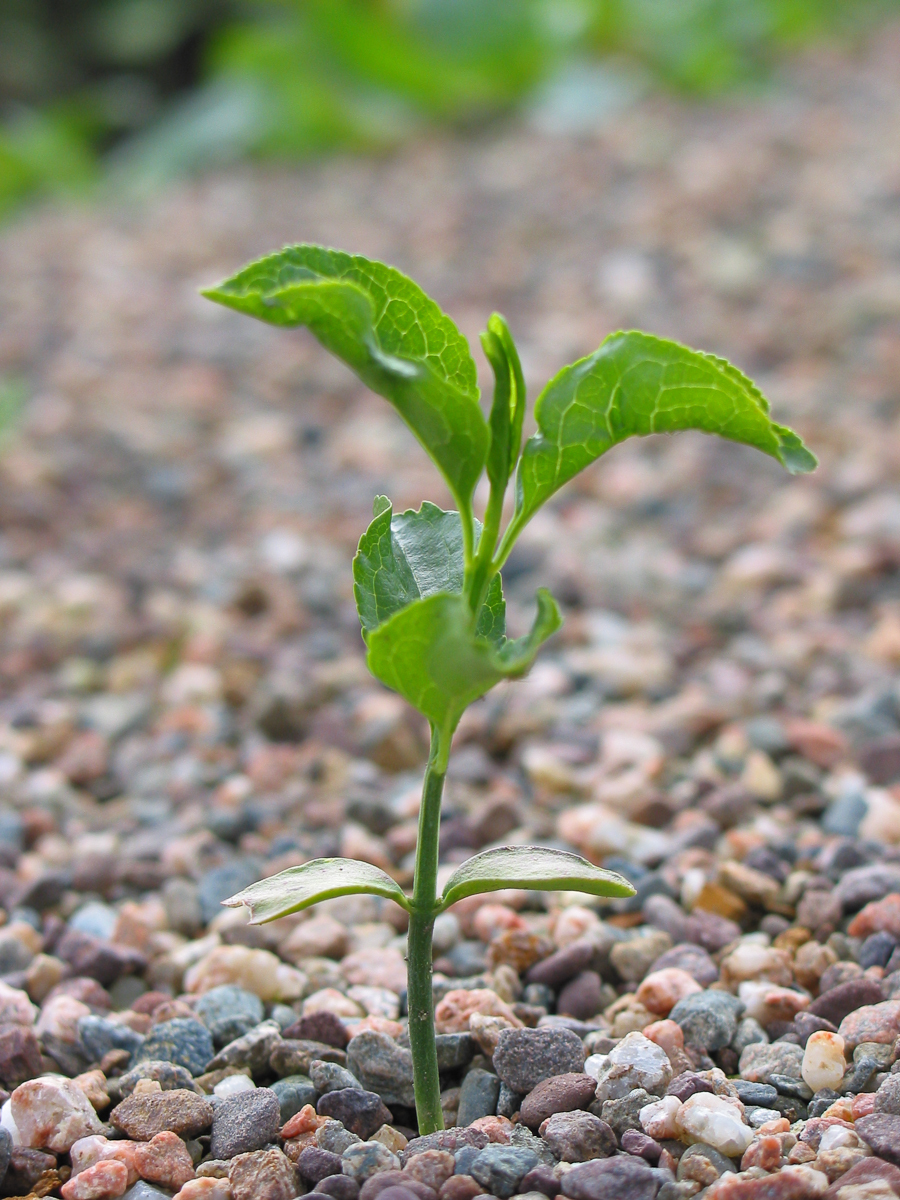 Tree Seedlings
Tree Seedlings
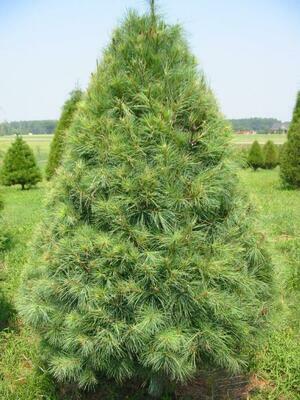 Fast Growing Trees
Fast Growing Trees
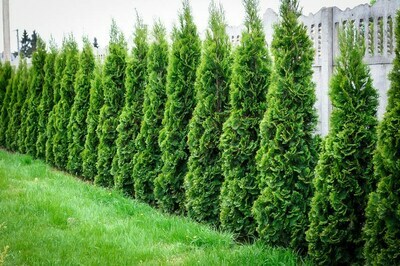 Pine Trees
Pine Trees
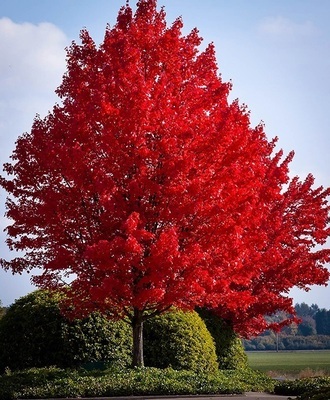 Live Stakes
Live Stakes
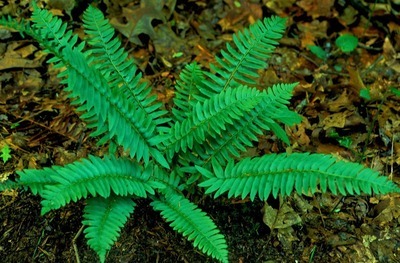 Evergreens
Evergreens
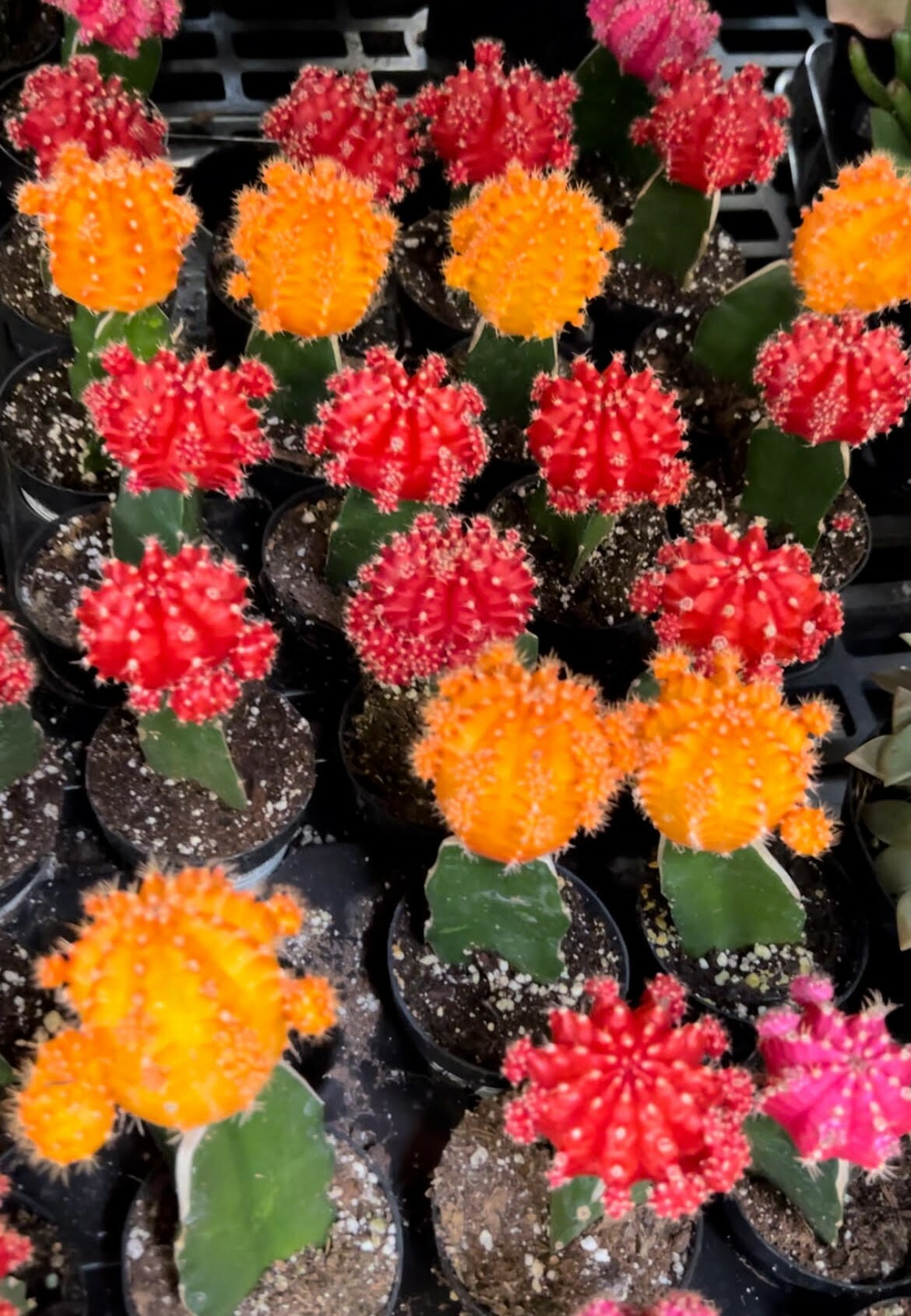 Cactus
Cactus
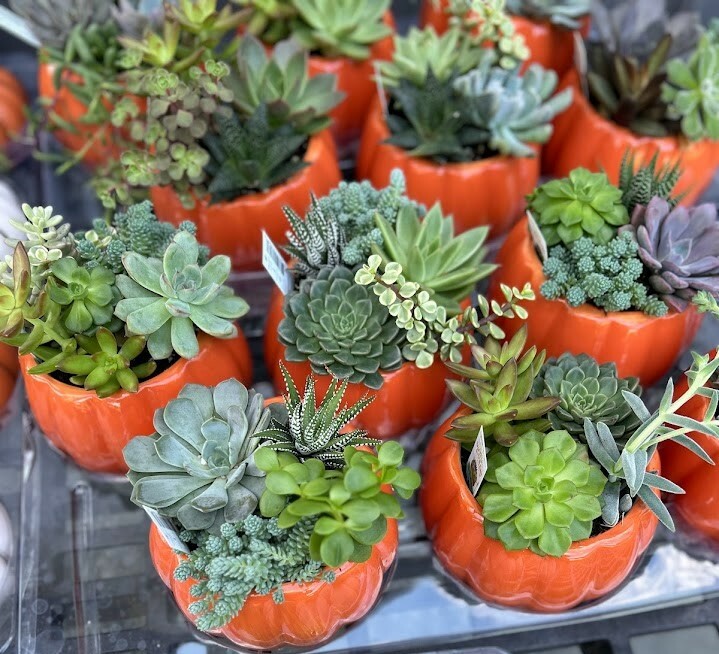 Combos
Combos
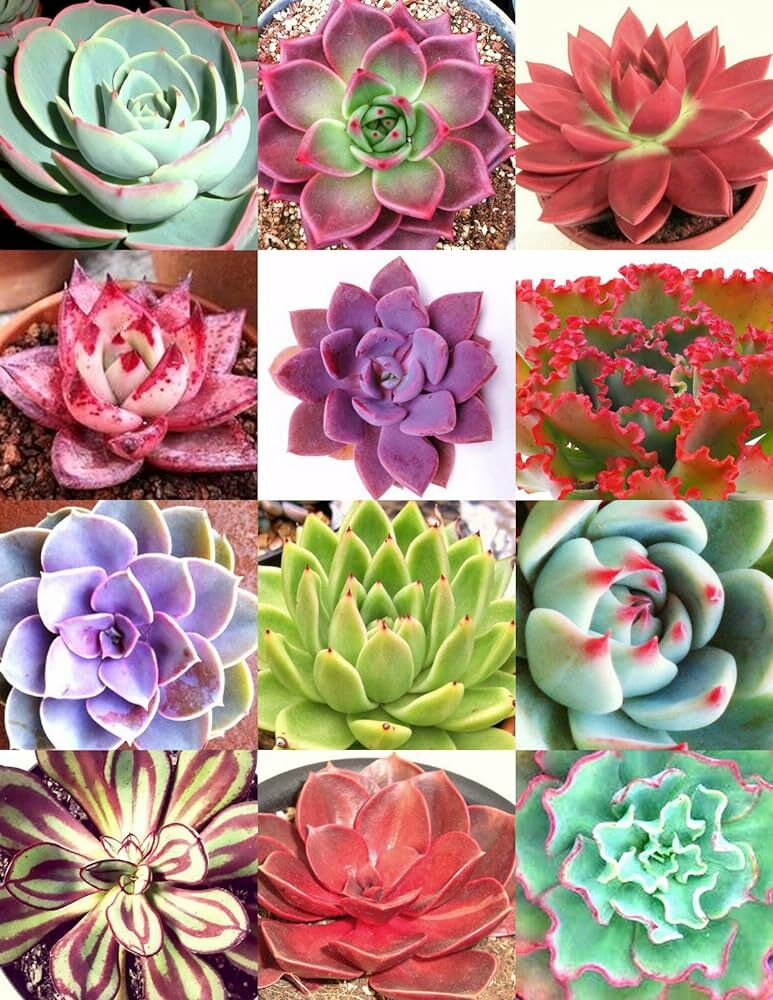 Echeveria
Echeveria
 Haworthia
Haworthia
 Sedum - Stonecrop
Sedum - Stonecrop


